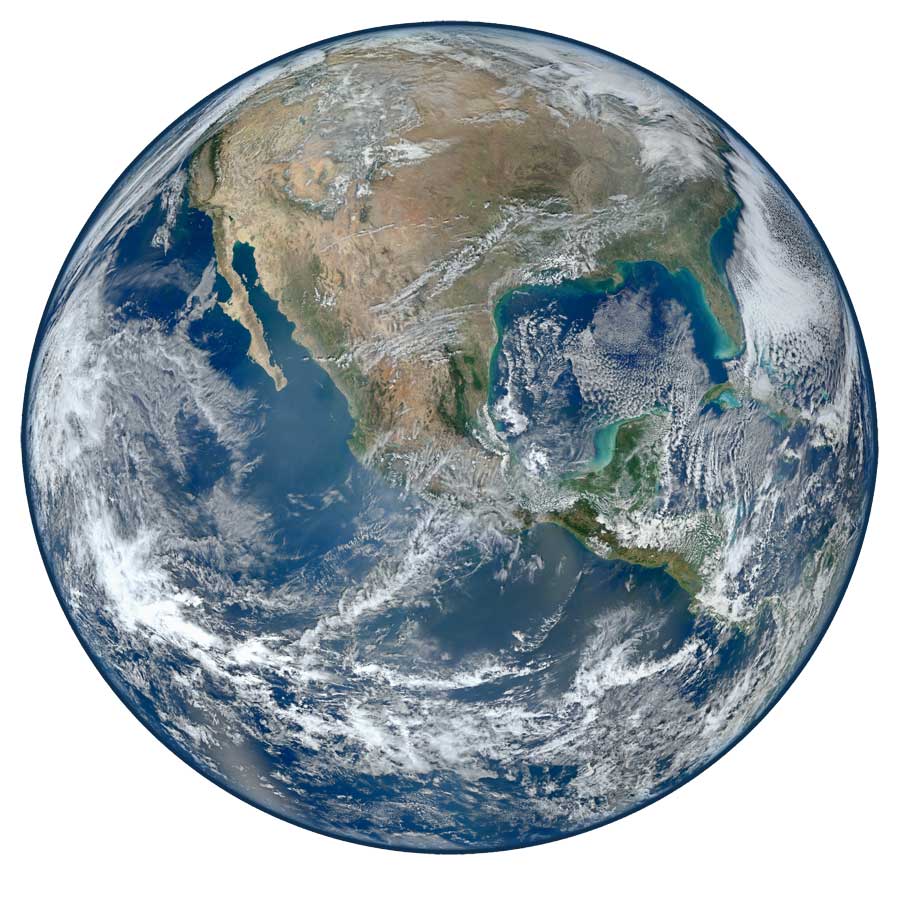There’s no place like home. And, for humans, there’s no planet quite like Earth. Our home planet is the only one we know of that has an atmosphere capable of supporting life. It’s also the fifth largest planet in our solar system, and it has a diameter of nearly 12,742 km! In this article, we’ll take a closer look at Earth – its history, physical characteristics, climate and more. We’ll also explore some of the amazing things that have been discovered about our planet – including its moon and ring system!

Humans have been observing and studying Earth for centuries. In fact, the first recorded observation of Earth was made by the ancient Greek philosopher Aristotle in 350 BC! However, it wasn’t until much later that scientists began to understand our planet’s true size and composition.
Earth’s naming
The English word “Earth” is an cognate of the Dutch word aarde and the old Saxon word ertha. The name ground was given by early Middle English speakers. It has been referred to as “the World” since Old English, which was used before international voyages became more common in late medieval times. “The World” was also used to mean “the material universe”, a meaning which is still retained in phrases such as “the world of atoms”. By the mid-20th century, this latter usage had largely fallen out of common usage in most parts of the world.
Earth’s diameter
It wasn’t until the early 1800s that scientists accurately measured Earth’s diameter. And, it wasn’t until the late 1800s that they determined its mass. Today, we know that Earth has a diameter of nearly 12,742 km and a mass of almost six trillion metric tons!
Composition
Earth’s internal structure is also fascinating. Our planet has a core made of iron and nickel, surrounded by a mantle of rock. The mantle is in turn surrounded by a thin crust of solid rock. Earth was formed about four and a half billion years ago from a cloud of dust and gas. The majority of our planet is made up of iron, oxygen, silicon and magnesium.
Climate and temperature
Earth’s climate is also varied, ranging from frigid polar regions to tropical rainforests. However, the majority of the planet has a moderate climate.
The temperature on Earth varies widely, depending on where you are on the planet. However, the average temperature is a comfortable 59 degrees Fahrenheit!
Orbits
Earth orbits around the sun at a distance of 93 million miles. Our planet takes 365.26 days to complete one orbit – this is what we call a “year”!
Natural satellite
Earth has one natural satellite – our moon! The moon orbits Earth at a distance of about 238,000 miles and completes one orbit every 27.32 days.
Planetary ring system
Earth also has a planetary ring system made up of dust and rocks. However, this ring system is very faint and difficult to see.